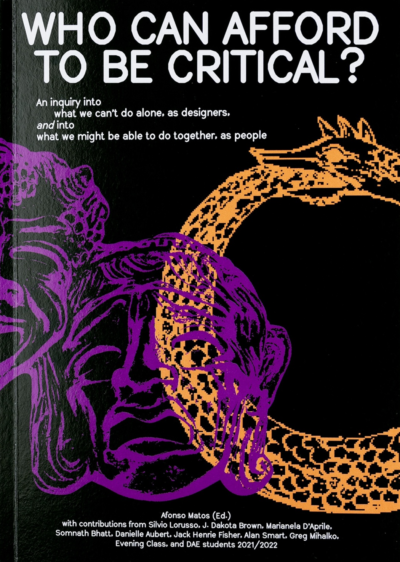Garnet Hertz (Ed)
“With the objective of expanding the term critical making as an appeal to hands-on makers to be more critically engaged with technology, I set out to interview a number of people on the topic of how hands-on technology development interrelates to critical theory. I also felt that Ratto was not following through with the process of making enough, and that objects had a powerful force beyond their process of creation—they could circulate as art objects, product prototypes, or visual documentation that could reach far beyond the process of development. Focusing primarily on the development process limited the reach of critically made things to challenge the wider public’s understanding of the relations between society and technology. In other words, I felt that Ratto’s framing of critical making as a process limited its ability to disseminate critical thought through objects. Objects are effective as things to think with, can link concepts in a different way than language can, and can have a life of their own and can travel through different contexts. Although constructed objects are often imprecise in communicating ideas in comparison to language, things have the strength to hit you powerfully and forcefully. Critically engaged language can do detailed surgery on a topic; critical objects can hit like an emotional sledgehammer. To stop short of documenting and disseminating objects that are made in a critical way cuts the audience off from the impact of things to think with.”
https://journals.uvic.ca/index.php/ctheory/article/view/15123/6206




